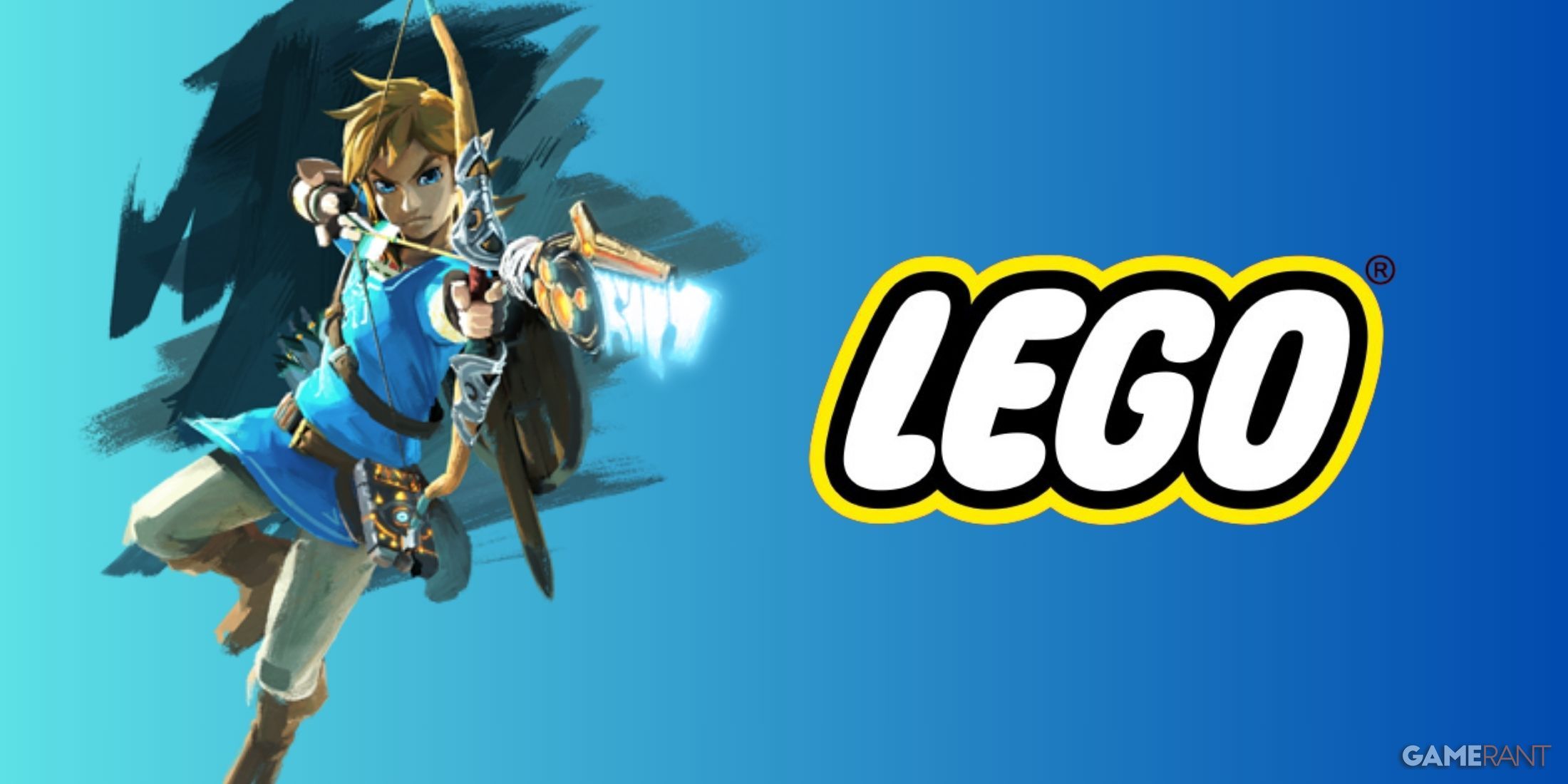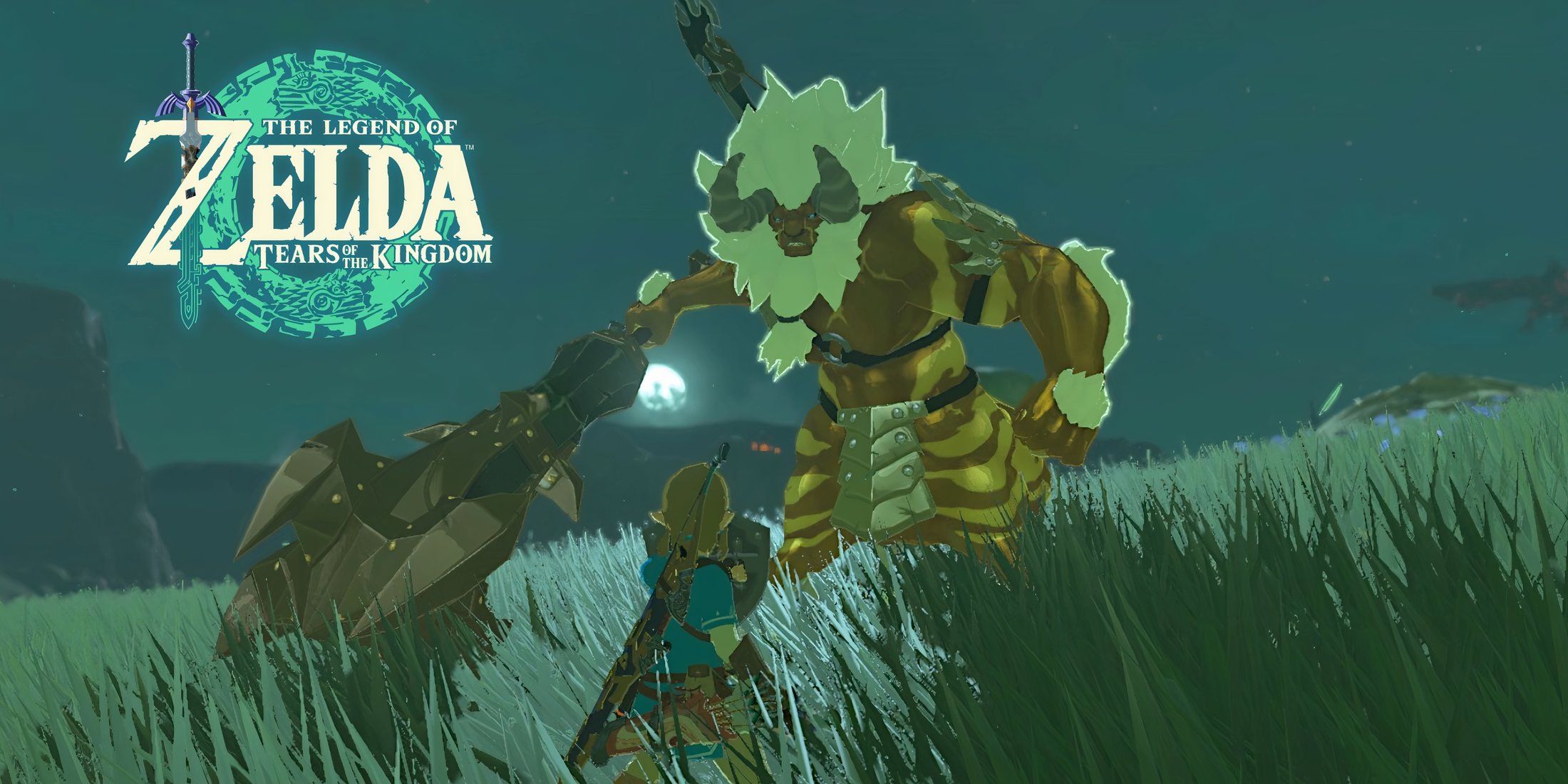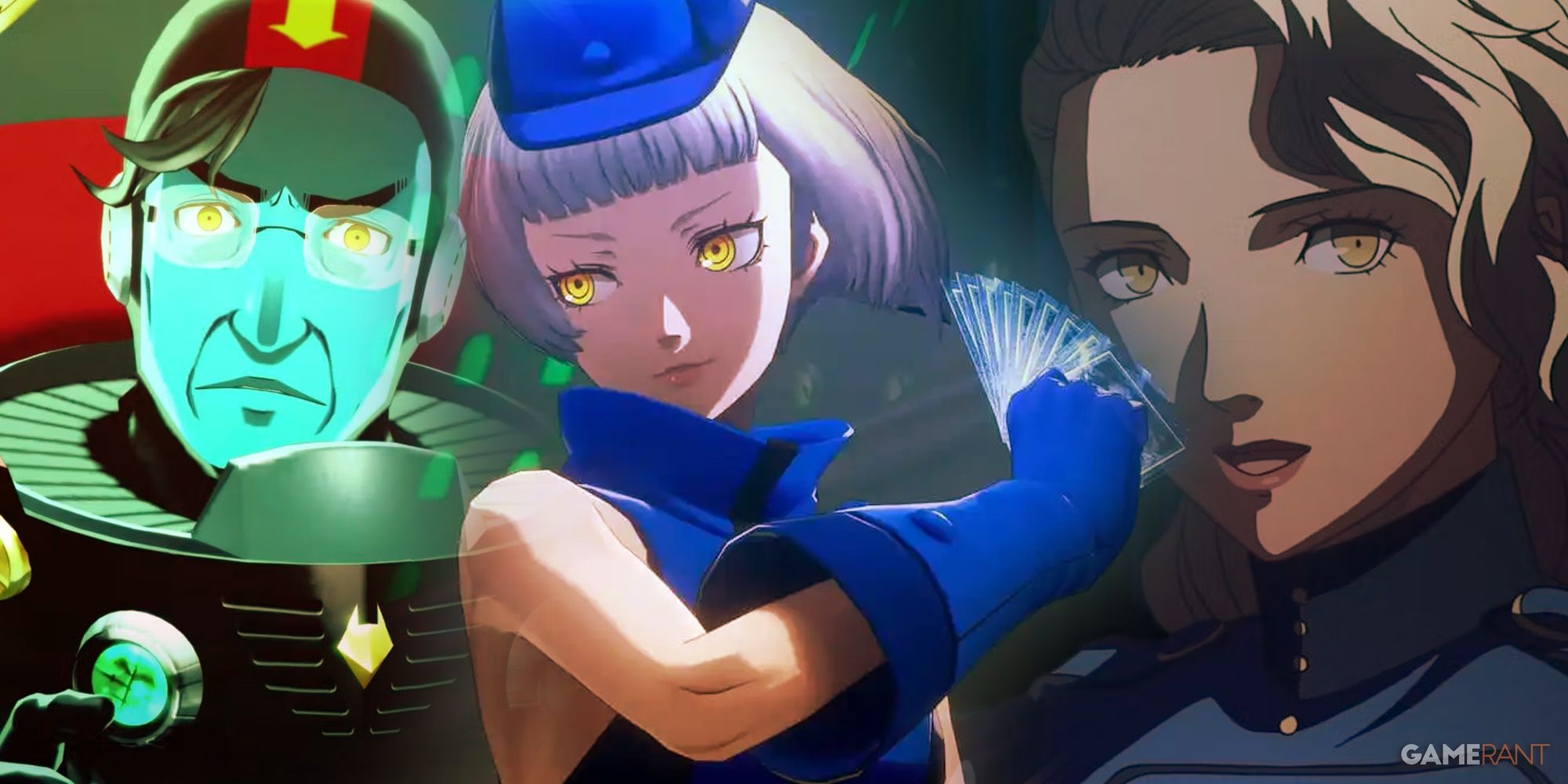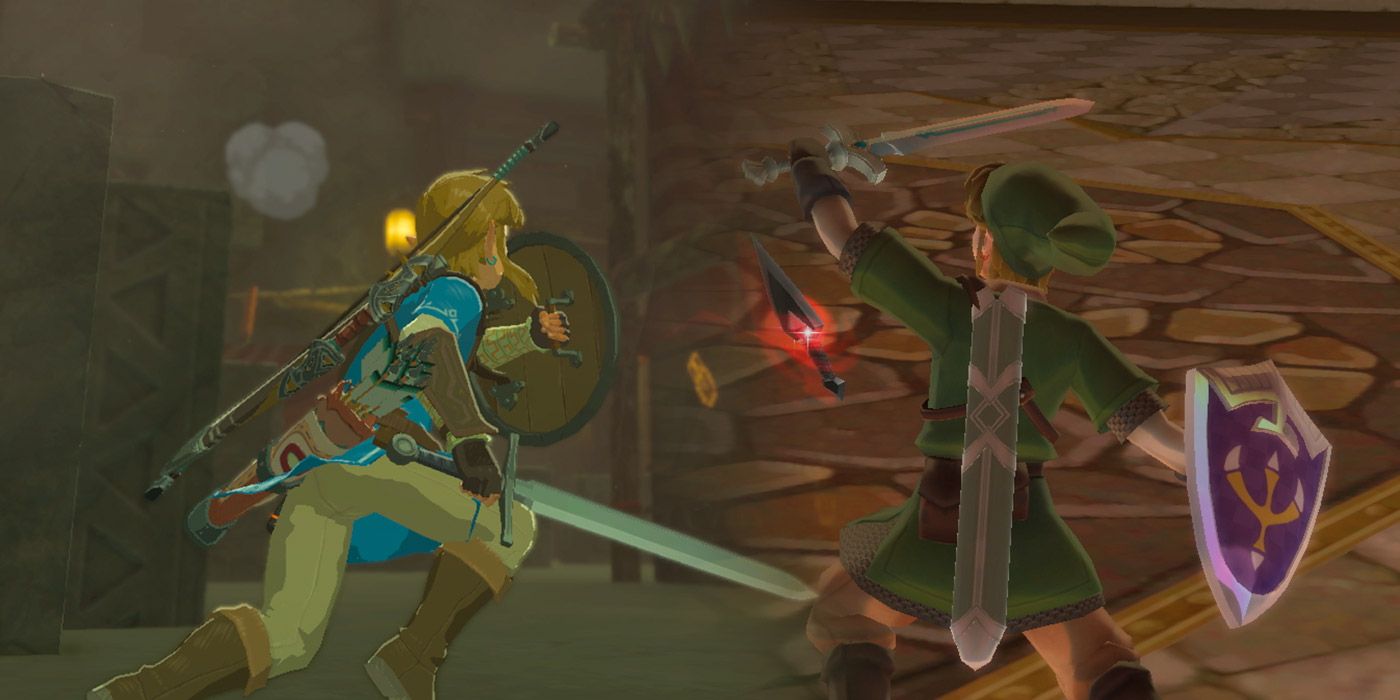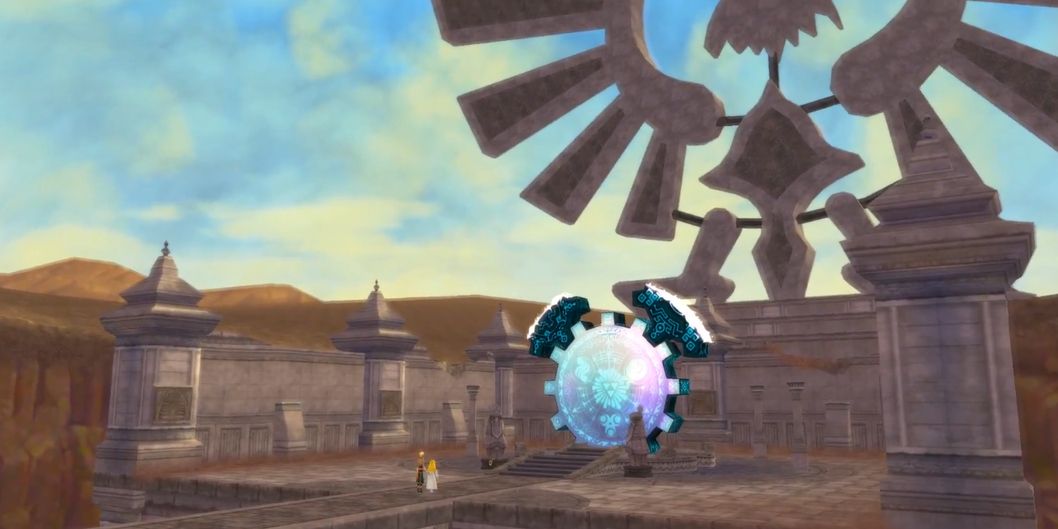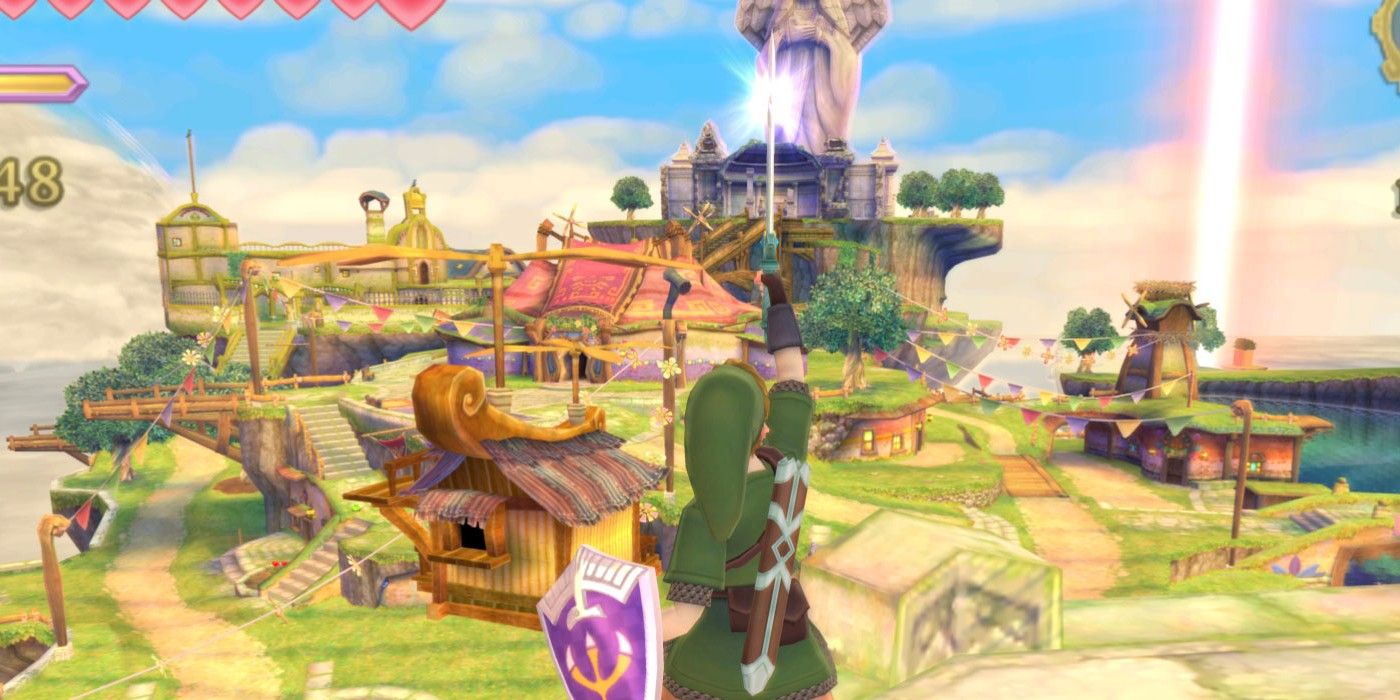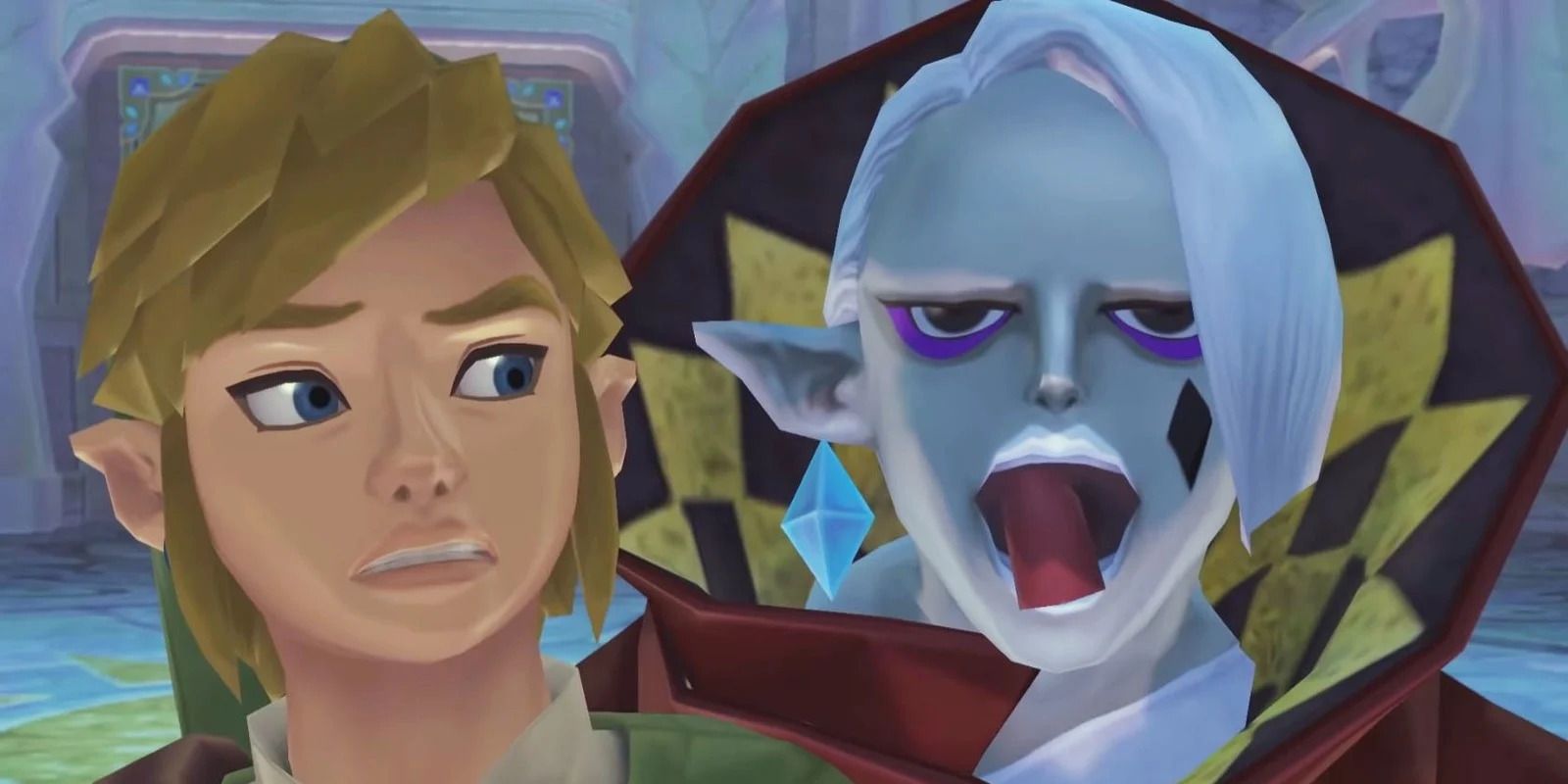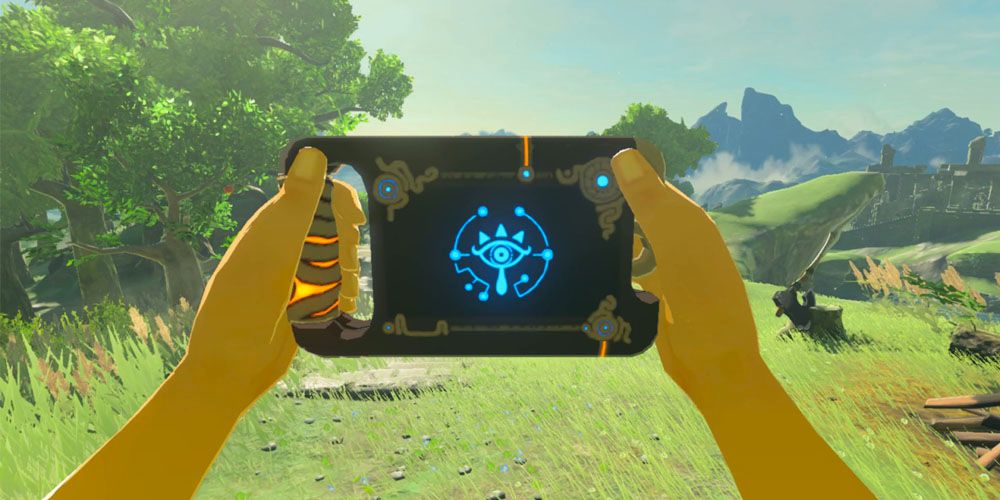After years of waiting, Zelda fans are finally on the eve of The Legend of Zelda: Skyward Sword HD coming out. This will be the definitive version of the game, with plenty of upgrades. Not the least of these is a new control scheme that strips out the motion controls that gave some players trouble in the original game. This is bound to help plenty of new players ease their way into Skyward Sword, and possibly even give veterans a smoother time as well. With Zelda's 35th anniversary going on, it's the perfect time to revisit the game that explains how Zelda all began.
That's not the only game Zelda fans are looking forward to right now, however. The Legend of Zelda: Breath of the Wild 2 is expected to be at E3, and fans are wildly hyped for it. Serving as the direct sequel to the most popular Zelda game, and one that reinvented the franchise into becoming an open world, there is a ton of excitement for this game. Breath of the Wild is famous for how it took the Zelda and open-world formulas and merged them into something that works surprisingly well. It owes a surprising amount of mechanics to Skyward Sword as well, including its stamina and equipment upgrading systems. However, these two entries are probably the most different in the franchise, with diametric opposites filling each one.
Skyward Sword and Breath of the Wild Begin and End the Zelda Timeline
One of the most obvious points of division is the two Zelda titles' points in the timeline. Skyward Sword is positioned as the earliest game in the Zelda timeline, and until a short prequel manga was released in the Hyrule Historia it was the earliest piece of Zelda media period. Skyward Sword explains how the Master Sword was made, how Hyrule was founded, and how the eternal conflict between Link, Zelda, and Ganondorf began.
Breath of the Wild, meanwhile, seems to take place after the end of every timeline. Hyrule is still around, but the royal family was pretty much done in by Calamity Ganon. Hyrule is littered with fragments of the past. It’s not entirely clear how BotW fits in with the timeline, but it is definitely far enough along that no other games, except its sequel, take place after it.
Skyward Sword and Breath of the Wild Use Their Characters Differently
Another apparent difference between these games is the use of characters in their settings. The ways different races or race equivalents are presented are one thing (up to and including the different takes on elemental dragons in each game), but there is also how characters are positioned. In Skyward Sword, Skyloft is a definitive hub full of helpful characters that Link is expected to return to many times. On top of that, there’s also Fi, Link’s constant travelling companion and frequent advisor.
Breath of the Wild’s closest equivalent is whatever horse Link has licensed, and they certainly don’t talk. Sure, there are NPCs scattered around the game, and even a sort of hub in the form of Kakariko, but the only person Link must speak to is the Old Man. BotW is a much lonelier adventure, but also one where the player has plenty of time alone with their thoughts and plans. BotW 2 might have Zelda around, but it must be assumed that Nintendo is going to try to maintain the vibes of the first game and not have her interrupt any journeys.
Skyward Sword and Breath of the Wild Have Very Distinct Worlds
And they are expected to use that time to make those plans. The way Breath of the Wild and Skyward Sword handle their progression and world design is completely different, in spite of Skyward Sword’s best intentions. That game seems to be trying to present the image of a huge, interactive world, but it often comes off as incredibly linear and directed. The player always needs to go along with some manner of quest, or use a particular item to move forward.
Breath of the Wild cares about players completing the tutorial, and infiltrating Hyrule Castle to beat Ganon. Everything in between those two points is up to the player, and there’s always more than one way to accomplish any given task. That absolute non-linearity is the biggest reason why the game is so loved, though many hope that some superlative Zelda dungeons like those from Skyward Sword can return in the sequel.
Skyward Sword and Breath of the Wild Have Opposite Villains
Every hero is only as good as their villain, and Skyward Sword definitely delivers on this front. Ghirahim and Demise are both charismatic and dangerous, with their presences felt throughout the game as they engage Link. Ghirahim pulls the weight of himself, Demise, Link, and Fi for most of the game, overacting even without a voice and creeping Link out. The man is also very unique in that he engages Link in combat as soon as he is able to, and then falls back on minions when he is unsuccessful. Demise doesn't properly show up until the ending, but the gravity of his appearance cannot be understated.
This is in stark contrast to the primal force that is BotW’s Calamity Ganon, who is more of a natural disaster than a person. His various boss incarnations are more comparable to Demise’s mute Imprisoned form than Demise himself, and while his Malice is spread everywhere, his presence is not. Hopefully, BotW 2’s new villain (who may be Ganondorf once again) can hold up their end of the narrative better than the Calamity.
Skyward Sword and Breath of the Wild Have Different Takes on Gimmicks
The last big difference between these games is their controls and treatment of items. Skyward Sword doles out items in the traditional Zelda manner, with things being handed to Link when he needs them for progress. This is, again, part of its linear nature. Breath of the Wild, meanwhile, gives Link all of his necessary tools up-front, and allows players to gather more power at their leisure.
What really sets Skyward Sword apart, however, is its reliance on motion controls. Even in the HD version where they can be optionally replaced, their impact will be felt everywhere. Link is constantly using them to manipulate items, move through the environment, and combat enemies. The most comparable features in Breath of the Wild are climbing, parasailing, and maybe weapon durability, and even they aren’t around for absolutely every moment. It’s too soon to say where BotW 2’s magical arm fits into this, but it could still provide some vital abilities to Link right from the start. Breath of the Wild is largely free from gimmicks and forced styles of play, which, while not guaranteeing its universal love, has won it a lot more praise than Skyward Sword.
The Legend of Zelda: Skyward Sword HD will be released for Nintendo Switch on July 16. The Legend of Zelda: Breath of the Wild 2 is in development for the Switch.

